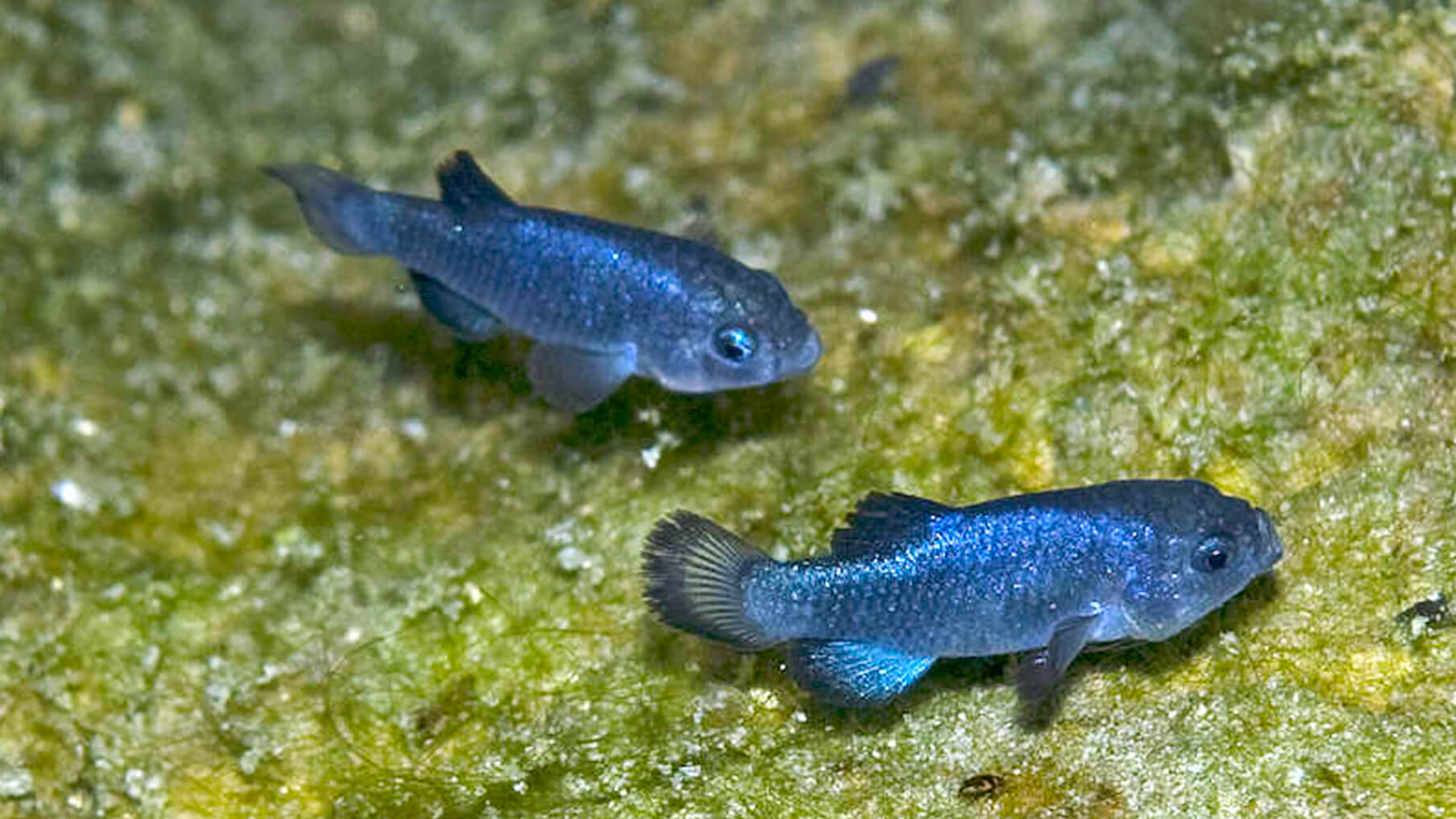

Once the North Pole (90 degrees north) is reached, the midnight sun doesn't set for six months. On the winter solstice, the sun fails to fully rise above the horizon and locations experience 24 hours of twilight, or "polar night." The farther north one travels from the Arctic Circle, the longer this period of daylight and nighttime lasts during the summer and winter seasons, respectively. On the summer solstice, locations above the Arctic Circle experience the "midnight sun" or "polar day" - a 24-hour period of continuous daylight. The Arctic is home to a number of atmospheric phenomena that can't be seen anywhere else on Earth. Most of these are low shrubs, grasses, mosses, lichens and other plant life that don't require deep root systems or prolonged growing seasons. Other residents of the region include Arctic foxes, reindeer, caribou, seabirds (such as gulls and puffins), seals and walruses, according to the World Wildlife Fund.Īpproximately 2,000 plant species exist in the Arctic, according to the Arctic Centre at the University of Lapland in Finland. Narwhals, a rare type of tusked whale, are also unique to the Arctic. They spend much of their lives in and around the water, especially on sea ice. Unique to the region, these creatures are the world's largest terrestrial carnivores. Polar bears are one of the most iconic animals of the Arctic. (Image credit: Glenn Williams) (opens in new tab) Narwhals are tusked whales that call the Arctic home. While Indigenous communities still pass down traditional knowledge and skills to younger generations, many now live fairly modern lifestyles. Eating a diet rich in animal and fish fats also helped insulate their bodies from extreme cold, according to a 2015 study published in the journal Science. For generations, they survived the region's harsh conditions by living a subsistence life of hunting, herding, fishing and gathering wild plants for food. Indigenous peoples, including the Inuit and Yupik, have inhabited its territory for thousands of years. Who lives within the Arctic Circle?ĭespite the Arctic's polar climate, approximately 4 million people call it home. Typically, June highs in Verkhoyansk average around 68 F (20 C). In June 2020, the Arctic Circle experienced its highest-ever recorded temperature: 100.4 F (38 C) in the town of Verkhoyansk, Russia, Live Science previously reported. While Arctic winters are biting, Arctic summers can be surprisingly balmy, with temperatures of 50 F (10 C) not uncommon. Related: North Dakota will get colder than the North Pole tonight - here's why

One of the most infamous examples of this is the polar vortex, which is responsible for record cold outbreaks in the United States. Arctic air often spreads southward in winter to regions well outside of the Arctic Circle. Arctic sea ice waxes and wanes with the seasons it grows from late September through March, then shrinks from April to mid-September, but never entirely disappears.Īverage air temperatures above the Arctic Circle are around minus 30 degrees Fahrenheit (minus 34 degrees Celsius) in winter. Called "sea ice," this frozen seawater typically ranges from 6 to 9 feet (2 to 3 meters) in thickness, according to the National Snow & Ice Data Center. Most of the Arctic is covered by the Arctic Ocean, but because of the extreme conditions found at these latitudes, the ocean's surface is partially frozen over. The Arctic landscape is nothing short of a winter wonderland made up of glaciers, icebergs, sea ice and permafrost (soil and rock that remains frozen for years at a time). state with access to the Arctic Circle, and Fairbanks, Alaska, is the closest major city ( it's about 198 miles (158 km) away). At the Arctic's center lies the North Pole, which is surrounded by the waters of the Arctic Ocean the ocean itself is surrounded by land from eight countries: Canada, the United States, Russia, Finland, Sweden, Norway, Iceland and Greenland. That's slightly less than 3% of Earth's surface area. The Arctic Circle covers an area about 5.5 million square miles (14.5 million square kilometers), according to the Woods Hole Oceanographic Institute.


 0 kommentar(er)
0 kommentar(er)
